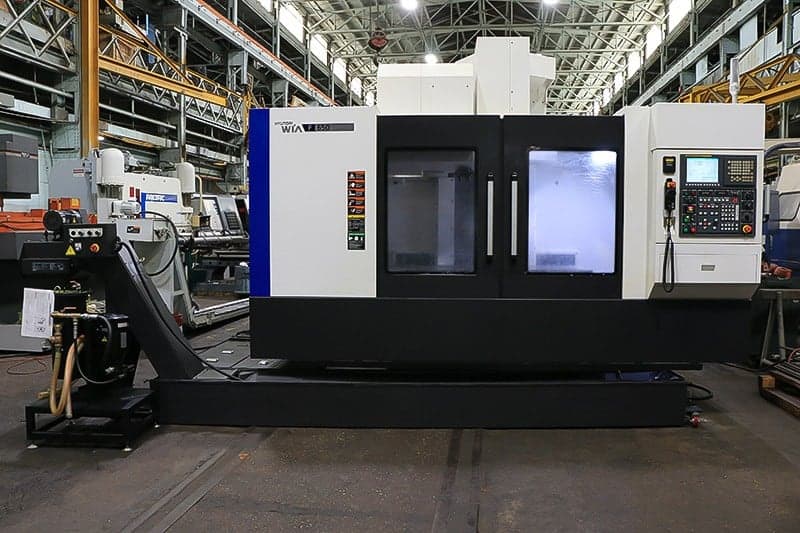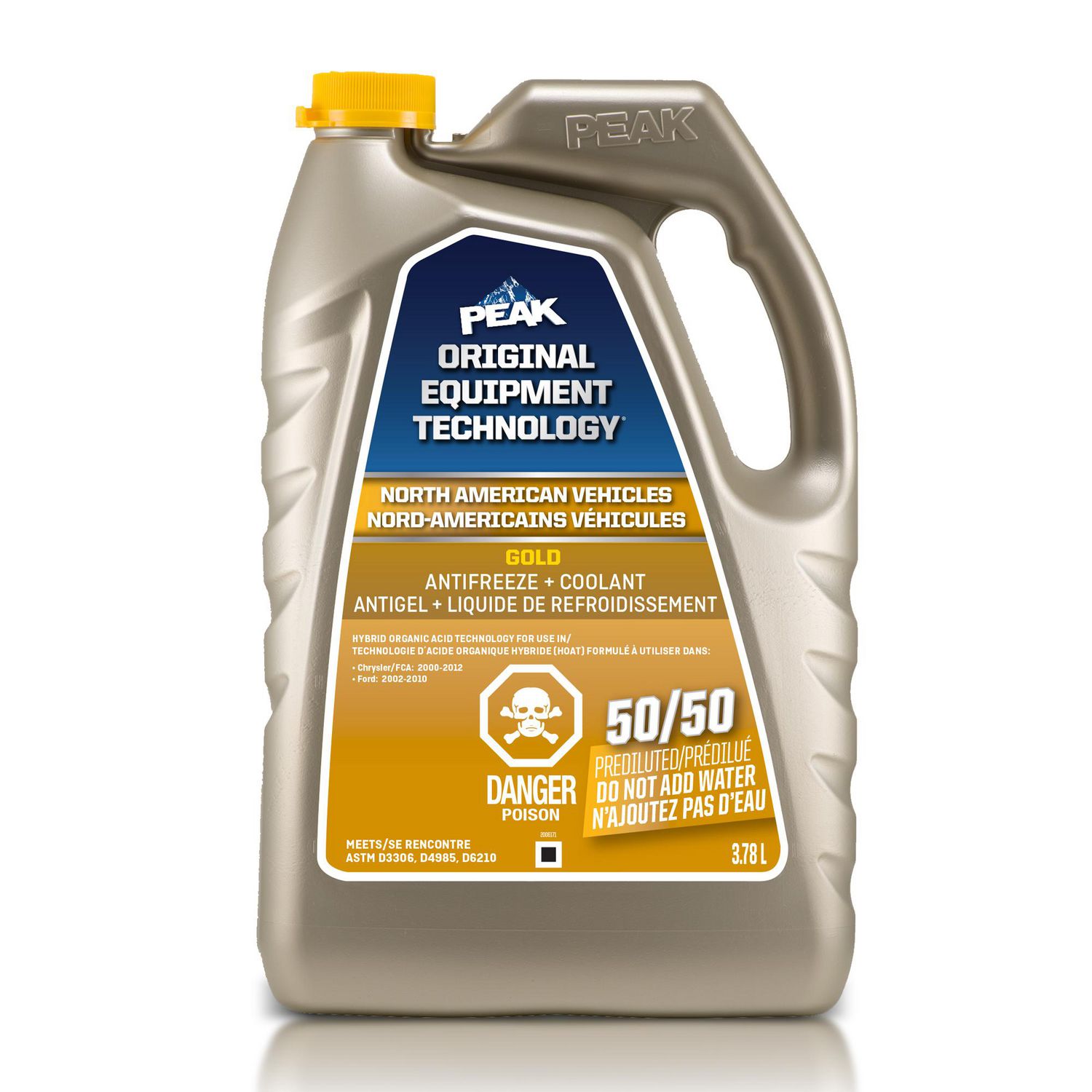
For the vast majority of applications, a 50/50 blend of coolant and water is recommended.įor the majority of applications, it offers the best all-around cooling protection and performance. In order to reduce the frequency of coolant replacement, coolant life can be extended. In the most long-life coolant, the additive package can last five years and 150 miles. Protect the engine and cooling system by using corrosion inhibitors in your antifreeze. As a result, the boiling point will rise to 233 degrees Fahrenheit. What Is The Difference Between 70/30 And 50/50 Coolant?Īntifreeze may lower the freezing point to a negative 35 degrees Fahrenheit if mixed with equal proportions water (50/50).

Which Coolant Is Better, 70/30 Or 50/50?.What Is The Difference Between 70/30 And 50/50 Coolant?.The subject of this post will be discussed in greater detail here. 70/30 or 50/50 coolant has been a common question among car owners. Pure water, on the other hand, freezes at 32 degrees Fahrenheit and boils at 212 degrees Fahrenheit, making it ineffective for year-round driving or a hot engine. When used to cool an engine and transfer heat to a radiator or heater core, it performs admirably. It protects against freezing and boiling over better than pure water. Antifreeze is a coolant solution made by mixing antifreeze and water in an equal ratio. This is due to the fact that ingesting it is less harmful. After mixing 70/30 coolant and water together, the temperature drops to -67 degrees Fahrenheit and rises to 235 degrees Fahrenheit a 70/30 mixture is less efficient at transmitting heat than a 50/50 mixture. What’s the difference between the 70/30 coolant and the 50/50 coolant? At a ratio of 70/30, it is more likely that the antifreeze or water will boil above the recommended temperature of 212 degrees Fahrenheit. Propylene glycol, or PG, is used by various brands. Ethylene glycol, or EG, is the primary ingredient in most coolant brands.

In every car, there is a coolant that is used in the cooling system.


 0 kommentar(er)
0 kommentar(er)
